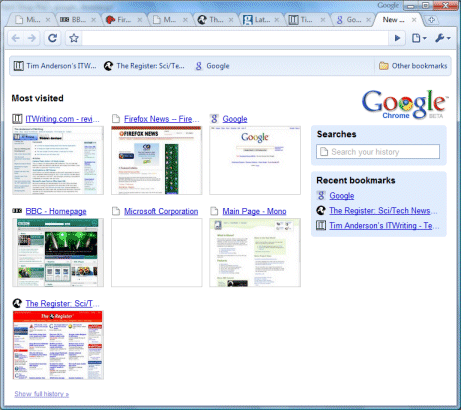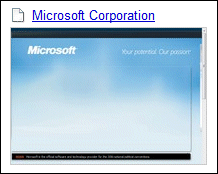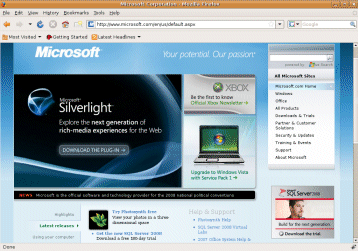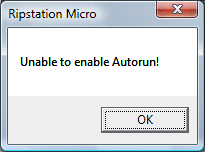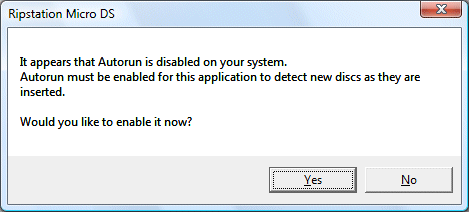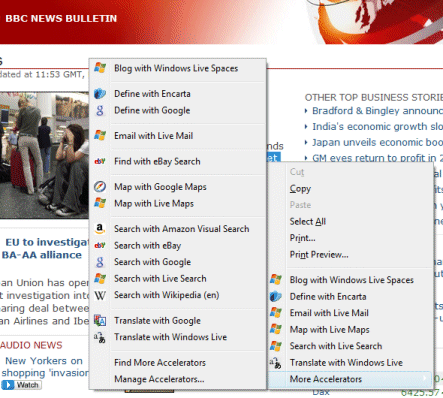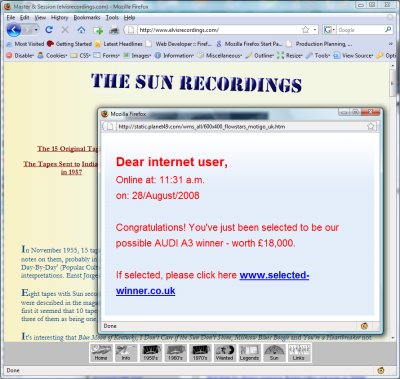The real purpose of Chrome is to run web applications. Google would like it to be Google applications, of course. Here’s a few things I noticed.
1. The V8 Javascript engine in Chrome is really fast – thanks to just-in-time compilation and other optimizations. This is important, because it removes some of the advantages of plug-ins such as Flash and Silverlight, which also do just-in-time compilation.
2. Chrome includes Gears, which enables offline functionality and other useful services, like a local database engine.
3. This is really part of Gears; but it’s worth noting separately. The Gears Desktop API lets you create application shortcuts – without further permission, apparently. In Chrome this is surfaced as a Create application shortcut dialog:

Note that this is a browser dialog, not a web page dialog.
Why is this a big deal? Well, I recall Adobe’s Kevin Lynch telling me that the usability issue around navigating to an URL in order to run an application was one of the motivations behind the development of AIR, Flash on the desktop. Google reckons it is easier to deal with the usability issue, than to create a separate desktop runtime.
4. Web applications started from shortcuts have no browser furniture. Just the web page in a window. There are probably other ways to get this effect too. I noticed that if you type Ctrl-T while in one of these full-window Chrome pages, which normally starts a new tab, it actually opens a second Chrome window, not just a new tab. Google wants that shortcut to behave like an application, not like a web browser.

